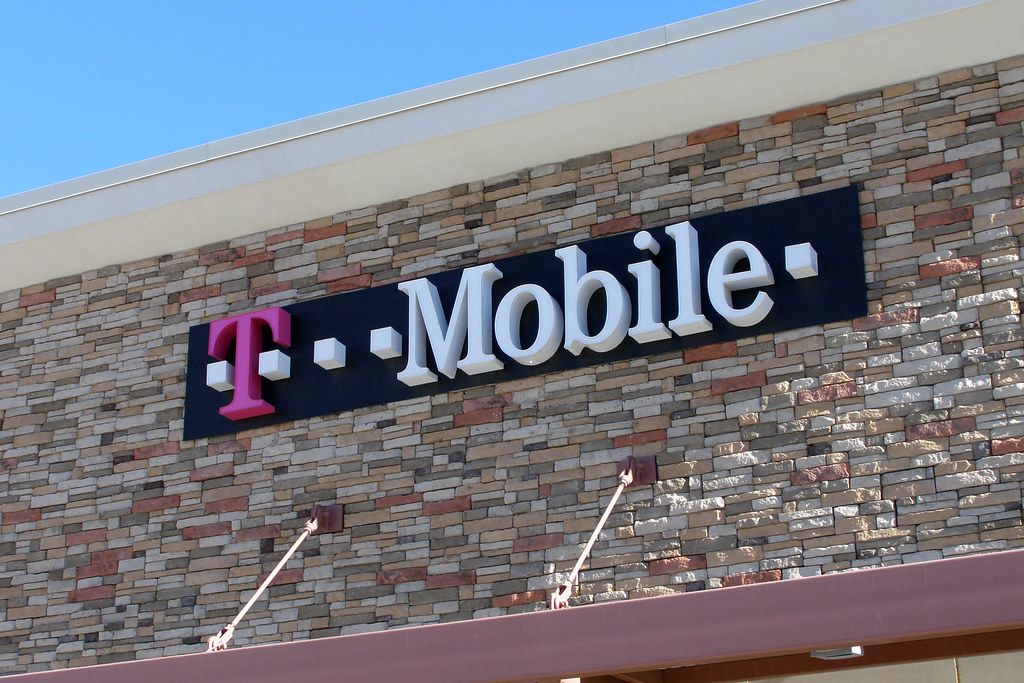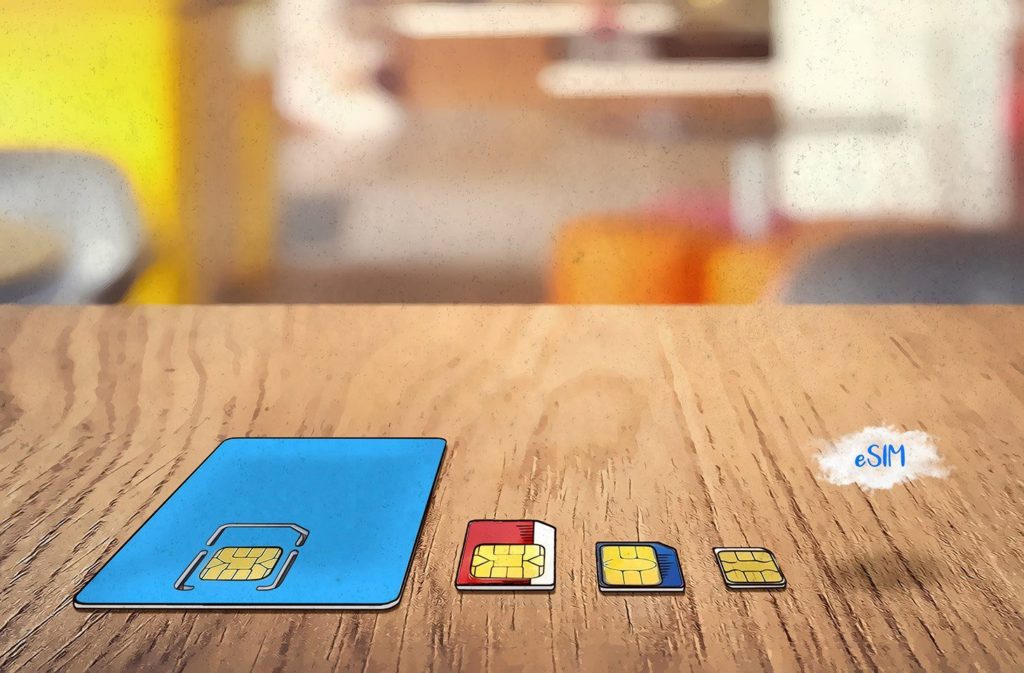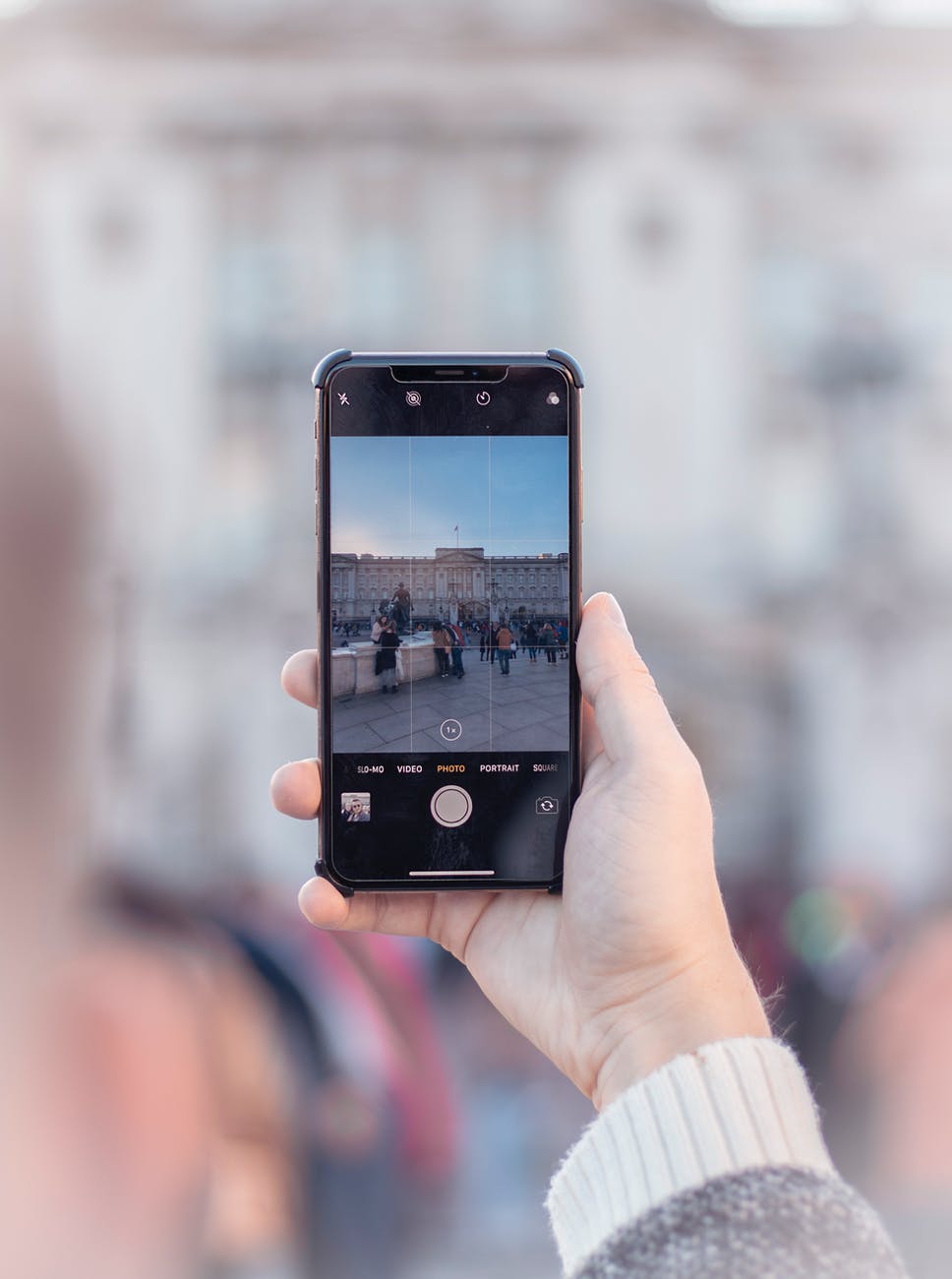
You can’t say that we haven’t explored international phone coverage options on this site. This is an article that we’ve purposely taken quite a long term to write. The main reason why we’ve done this is to be able to build credibility to ensure that an article like this can carry a lot more weight with folks. In any case, there are a ton of different ways that you can get international phone coverage. You can try to keep getting that coverage from your regular service provider. One of the main benefits there is that your number is going to remain active. Yet, this is typically the most expensive option. Exploring the local SIM card option can allow you to get better coverage and more data and minutes allowance. That doesn’t mean that this is the “best” option.
There are a lot of elements that you’re going to want to account for when picking the international phone coverage option that suits you best. So what we want to do is look at some of the main options that you’re going to have. Then literally list the scenarios that we feel can make sense for that type of coverage. Although as we mentioned, sticking with your regular service provider can end up being the most expensive option it can also be the one where less hassle is involved. Therefore, some of the benefits that this route brings to the table may make the price worthwhile for some people. Here are the topics that we are going to tackle in this article.
- International Phone Coverage From Your Regular Service Provider
- International Phone Coverage Local SIM Card
- The eSIM Route
- International Phone Coverage The Alternative Options
- Trying To Avoid Roaming At All Costs
- Do You Need To Be Careful With Public Wi-Fi?
International Phone Coverage From Your Regular Service Provider

Getting international coverage from your regular service provider can be an expensive endeavor! Particularly if you get hit with roaming fees. There are ways to avoid these roaming fees and still get coverage from your regular provider. Where you travel though can make all of the difference. For example, Verizon, T-Mobile, and virtually all other US service providers now include roaming in Mexico and Canada for folks with unlimited plans from them. You’ll get very slow data speeds, but if you don’t want to you don’t have to pay extra for coverage. At the same time you’re going to be reachable for calls and texts at your normal number.
Now for most of the world your best bet to be able to keep getting coverage from your regular service provider is going to be to get the international travel pass. This pass is going to cost you 10 dollars a day. You’ll get minimal high speed data coverage on the pass, but you’ll still get the unlimited texting. The obvious issue with this option is the fact that if you’re going to be abroad for quite a few days, those 10 dollars a day per line are going to start piling up. That’s why we typically regard it as the most expensive option. Yet, we feel it can be a decent deal for people who are going to be abroad for just a couple of days.
International Phone Coverage Local SIM Card
Another option to access international phone coverage is to go ahead and get a local SIM card in the place that you’re traveling. The main benefits that you’re going to be able to access through this option is cheaper coverage and actually better all around coverage. The easiest way that we explain this is that through your regular service provider there has to be a bridge between T-Mobile USA per se, and the local company that has the network that’s going to grant you coverage. That’s why roaming tends to be more expensive. Through a local SIM card the connection to the network is essentially direct. That’s why you can expect better coverage at lower prices.
The problem with this option is that if you don’t have a dual SIM phone you’re going to have to surrender access to your regular number. When the local SIM card is active you are not going to be able to get calls or texts to your regular number. Now with the emergence of eSIM options, and dual SIM phones this option has become more and more viable. You need to make sure though that you have an unlocked phone to be able to travel this route. Without an unlocked phone you won’t be able to insert a local SIM card and get coverage.
The eSIM Route

We mentioned that the eSIM route has opened up new possibilities. There are a couple of things here that we want to mention before we move forward. You need to have a phone that can read eSIM technology. At the same time it has to be an unlocked phone. A lot of people don’t know that they need to go ahead and unlock their eSIM phones to be able to get another SIM to run on the phone other than the one from their regular service provider. This is usually not a big deal. The easiest way though to make sure that the phone is unlocked is to buy the phone already unlocked.
The benefits of the eSIM route, at least the one that we explored in this article, is that you don’t lose access to your regular number. If you happen to have a regular SIM card or access to multiple eSIMs on your phone. What this ultimately means is that you are going to be able to have an active local SIM. If you need to change things up and get your texts from your regular number you can do so without having to remove anything from the phone itself. You just change where you are getting service from directly in your phone settings. eSIM technology without a doubt has the potential to open up a ton of new avenues for international phone coverage.
International Phone Coverage The Alternative Options
We’ve already talked about keeping your regular coverage and getting a local SIM card as viable options to get coverage abroad. There are other things that you can look into. We’ve explored a couple of these options on the site before. For example, you could look into getting a portable Wi-Fi device. These devices essentially create a wifi network wherever it is that you go. They are obviously wireless devices a bit different than what you have at home. In our research the conclusion that we’ve come to in regard to these devices is that they can be a good option if you are traveling with a larger group. The rates are a bit steeper than you’d likely see in getting a local SIM card. Yet, the device can have several devices hooked up at once.
What we don’t love about this option, other than the price, is the fact that the connection may not always be overly stable. Trying to keep a stable connection when you’re driving in a car can be a challenge. So if you want coverage to be able to use a map app with this international phone coverage option it can be tough. In our experience the reliability of the signal that you may get with a portable Wi-Fi device isn’t where we would like it to be. Particularly since you can expect decent reliability in that department with the local SIM card option.
Trying To Avoid Roaming At All Costs

Are you looking for a way to get international phone coverage without incurring in roaming fees or having to add other coverage options? Then, what you can do is move all of your communications through apps. You’ll only be able to use the phone though when you are connected to a Wi-Fi network. When you decide that you’re going to do this you’re going to want to turn off your regular data. You can do this through staying in Airplane mode when you’re abroad. Just turn off your data also. You are going to be able to do that through your settings. Most phones feature a quick access icon that you can click on to turn off your data.
Once you turn off your data you’re going to want to make sure that your Wi-Fi is on. You’ll be able to then configure your access to a network. The problem with this option is that your phone is going to be virtually useless when you’re not inside connected to a network. That’s essentially the price that you have to pay to ensure that you don’t have to waste any of your travel budget on phone coverage. We can’t say that this is the best option out there. It is the least expensive by a mile though, if you make sure that you do things right!
Do You Need To Be Careful With Public Wi-Fi?
The issue with public Wi-Fi coverage is that you are putting yourself at risk a bit. A lot of people are going to say that they have used public Wi-Fi for years without an issue. That can certainly be true. It just takes one bad day though to put your personal data out in the open. Without a doubt one of the best ways to get coverage without having to pay extra for it is to use free Wi-Fi. Open Wi-Fi coverage though can be dangerous. The issue is that people can tamper with the network and gain access to data from other people who are hooked up to the network.
If you want to get the best of both worlds you may want to look into getting a VPN to protect your devices. In simple terms a VPN can be a great way to add an extra layer of protection as you navigate through the web on an open network. It’s also important to point out that there are different types of “open” networks. Some hotels and restaurants are now implementing a system where you have to use a password to access their Wi-Fi network to make sure that only paying customers can access their internet service. Although these are not the safest networks out there, you are probably going to be safer on these networks than you will be a truly open network in a public plaza.
International Phone Coverage – Conclusion

To be able to get the best deals in international phone coverage the first thing that you need to account for is the amount and the type of coverage that you’re going to need on your trip. As we’ve established there are a variety of options to be able to obtain international coverage. We could make the argument that all of these happen to be viable options. When you’re going to be taking a short trip, and you need access to your regular number, looking into options that your regular service provider offers may be the best way to go. You’ll have to pay a little extra in some cases. Maybe 10 or 20 dollars above your regular fee. Yet, it’s essentially the easiest way to be able to get international phone coverage.
For longer trips looking into other options may even be a must. US service providers won’t allow folks to use their phone on their service abroad for more than 30 days! So if you are planning monthly even if you were willing to pay the 10 dollar international day pass fee everyday you wouldn’t have access to the network after the 30th day. That would mean that you’d owe the company 300 dollars plus your regular monthly fee, and you’d still have to look for another way to look for coverage. Without a doubt we happen to believe that getting a local SIM card is the cheapest and most reliable way to get coverage abroad. Particularly if you are traveling to countries that are a bit far off from where you live.
Get An E-SIM Card To Access Low Cost Coverage In Any Country In The World

In doing so you’ll be supporting us create more content to help you find coverage as you travel. At the same time you may be solving the issue that you came here for help on!